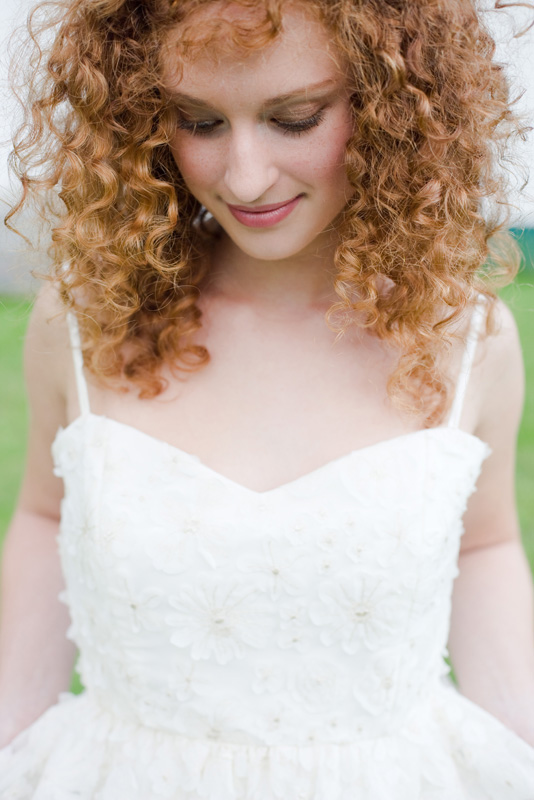Blonde pubic hair is a topic that raises curiosity and intrigue among many people. It’s a subject that intertwines with issues of personal grooming, aesthetics, and even cultural perceptions. This article will delve into the nuances of blonde pubic hair, including its characteristics, care tips, and the myths surrounding it. By exploring this subject in depth, we aim to provide readers with a comprehensive understanding while adhering to guidelines of expertise and trustworthiness.
Throughout our discussion, you will discover the biological reasons behind the color of pubic hair, how it differs from scalp hair, and how to maintain it effectively. Additionally, we will address common misconceptions and offer evidence-based insights. Our goal is to empower readers with accurate information, enabling them to make informed decisions about personal grooming.
Whether you’re someone who has blonde pubic hair or just curious about it, this article is designed to provide valuable insights that will enhance your understanding of this often-overlooked topic. So, let’s dive in!
Table of Contents
- What is Blonde Pubic Hair?
- Biological Factors Influencing Hair Color
- Characteristics of Blonde Pubic Hair
- Care Tips for Blonde Pubic Hair
- Myths and Facts about Blonde Pubic Hair
- Cultural Perceptions of Pubic Hair
- Health Considerations
- Conclusion
What is Blonde Pubic Hair?
Blonde pubic hair refers to the hair found in the genital area that has a light yellow or golden color. This can occur naturally in individuals with lighter skin tones and hair colors. The presence of blonde pubic hair is a normal variant and does not indicate any health issues.
Biological Factors Influencing Hair Color
Several biological factors contribute to the color of pubic hair:
- Genetics: Hair color is largely determined by genetic inheritance. Individuals with blonde hair on their scalp are likely to have similar pigmentation in their pubic hair.
- Melanin Levels: The amount and type of melanin produced in the hair follicles influence hair color. Blonde hair typically has less eumelanin, the pigment responsible for darker hair.
- Hormonal Changes: Hormonal fluctuations, especially during puberty, can affect hair color and texture.
Characteristics of Blonde Pubic Hair
Blonde pubic hair has unique characteristics compared to hair on other parts of the body:
- Texture: It may vary from fine and soft to coarse, depending on the individual.
- Growth Patterns: The growth rate and patterns of pubic hair can differ significantly from scalp hair.
- Thickness: Blonde hair is often finer than darker hair, leading to a different appearance.
Care Tips for Blonde Pubic Hair
Maintaining blonde pubic hair requires specific care to keep it healthy and aesthetically pleasing:
- Regular Trimming: Keeping the hair trimmed can help maintain hygiene and appearance.
- Gentle Cleansing: Use mild, unscented soap to cleanse the area, avoiding harsh chemicals.
- Moisturizing: Apply natural oils or creams to prevent dryness and irritation.
- Sun Protection: Protect the area from sun exposure, as it can lighten the hair further and irritate the skin.
Myths and Facts about Blonde Pubic Hair
There are several myths surrounding blonde pubic hair that can lead to misunderstandings:
Myth 1: Blonde Pubic Hair is Rare
Contrary to popular belief, blonde pubic hair is not rare among individuals with lighter hair colors.
Myth 2: Blonde Hair is Thinner than Dark Hair
While blonde hair may appear finer, it does not mean it is inherently weaker or less healthy.
Fact: Hair Color Does Not Affect Sensitivity
The color of pubic hair does not influence the sensitivity of the skin or the hair follicles.
Cultural Perceptions of Pubic Hair
Different cultures have varying perceptions of pubic hair:
- Western Cultures: Often emphasize hair removal and grooming.
- Eastern Cultures: May have different views regarding natural body hair.
Health Considerations
It is essential to consider health factors when discussing pubic hair:
- Infections: Proper hygiene is crucial to prevent infections.
- Skin Irritation: Be cautious of products used in the area to avoid allergic reactions.
Conclusion
In summary, blonde pubic hair is a natural variation that is influenced by genetics and biological factors. Understanding its characteristics, care, and the myths surrounding it can help individuals make informed decisions about their grooming practices. If you found this article informative, consider leaving a comment, sharing it with others, or exploring more articles on our site!
Thank you for reading, and we hope to see you back here for more engaging content in the future!
Article Recommendations


